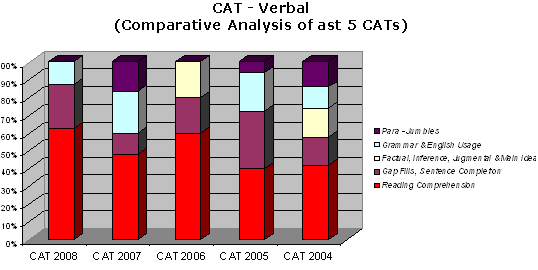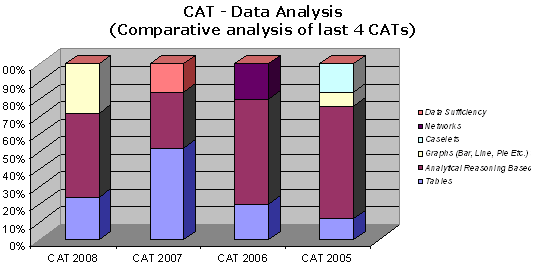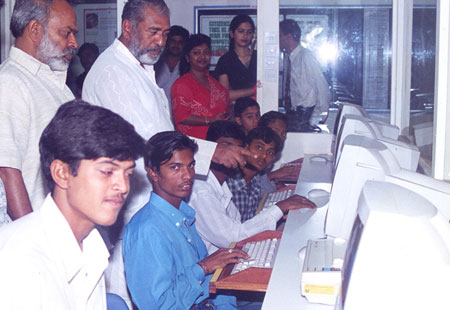
The CAT has been designed as a test of elimination NOT selection, and this is one of the reasons why aspirants are confused and nervous at this moment. Moreover, most have completed 60-70 per cent of the topics in classroom preparation and it is just a month or two before the national Online Mocks begin.
So what should one do at this crucial juncture?
Experts from www.TCYonline.com suggest that it is the time to plan, strategise and get ready for the perfect execution of that plan. A General's strategic approach is what the need of the hour is rather than a soldier's aggressive approach. Here are the few important areas that you will need to work on in order to stay focused for the new tech-CAT avatar:
Know the challenges and myths surrounding Online CAT '09
The first step in any winning strategy is to know your enemy. You must visualise the challenges that CAT '09 is expected to offer. Moreover, you will see that many previously accepted facts regarding the CAT have now become myths because of it going online this year. (Read: http://getahead.rediff.com/report/2009/apr/29/cat-online-challenges-myths.htm)

But sticking to such a regularly updating plan may cause your overall preparation / revision to go slower. This may subsequently result in missing certain topics all together. Hence, a micro plan MUST stick to an overall macro plan to ensure its timely execution. The characteristics of a macro plan are:
The milestones in the macro plan must be planned along the lines of online Mock CATs conducted by the training institute. It is a good idea to appear in at least (if not all, because of time constraints) two mock CATs conducted by institutes other than your institute. This helps a test-taker develop a more objective understanding of his/her performance vis-a-vis others.

If one looks at and analyses the CATs of the last five years, a factual and accurate list of topics to be covered can be prepared. Our analysis of CAT 2004, 2005, 2006, 2007 and 2008 can be summarised as follows:
Quantitative Analysis
It can be inferred from the trend that the cut-off for one IIM call every year requires 25 to 30 per cent correct questions in this section. That means those with reasonable accuracy in 'Number Theory' (never less than 15 per cent); 'Logic, Sets and Functions' (never less than 8 per cent) and Higher Math (never less than 10 per cent) can be assured of clearing the Quant cut-off in a given year.


It can be inferred from the trend that the cut-off for one IIM call every year requires 30 to 35 per cent correct DI questions. That means those with mastery over 'Analytical Reasoning-based questions' (never less than 32 per cent); can be assured of clearing DI cut-off in a given year.

Experts at TCYOnline.com have also summarised the contribution of the various sub-sections of Quant and Verbal sections in the exam (with reference to CAT 2008).
From the pie charts, it is quite obvious that Reading comprehension in Verbal, Geometry and Arithmetic and Algebra in Quant, and reasoning-based questions in DI have clean sweep over the other sub-sections in CAT.
On the other hand Para-Jumbles in Verbal and Ratio and Proportion and Profit-Loss had a negligible contribution to your CAT score. You must plan in order to cover and practice these topics thoroughly in order to score high in CAT 2009.

The CAT is not about solving 90 questions in 120 minutes. It is about solving 60 to 65 questions with 85 to 90 per cent accuracy. To be able to attempt all the questions is not the mark of your achievement in CAT.
Speed and accuracy are the distinguishing factors among the test-takers. Here's how you can work in these few weeks to achieve the optimum combination of both before November 2009:
Don't forget, since CAT 2009 is online, so should your preparation!